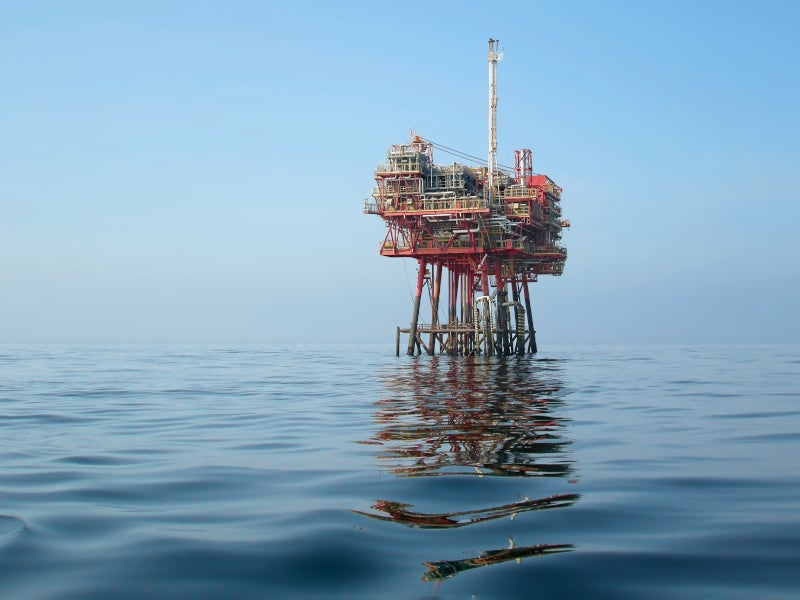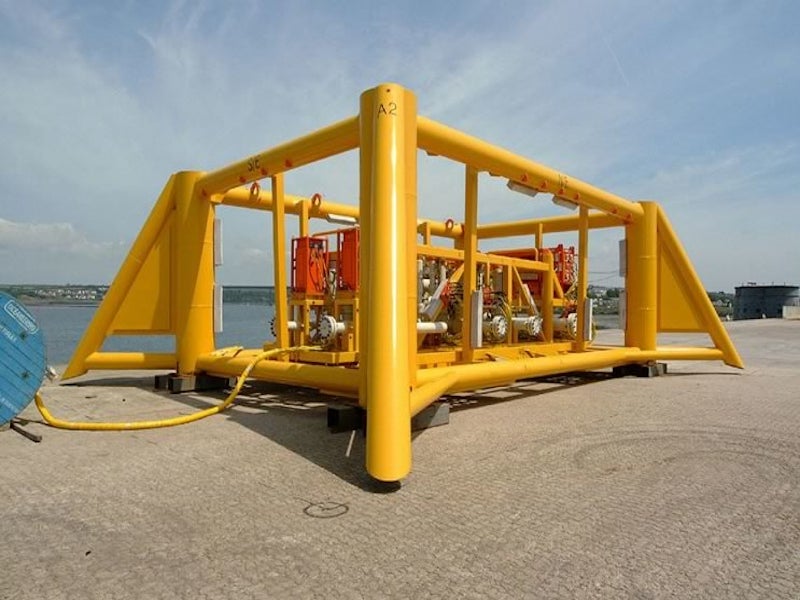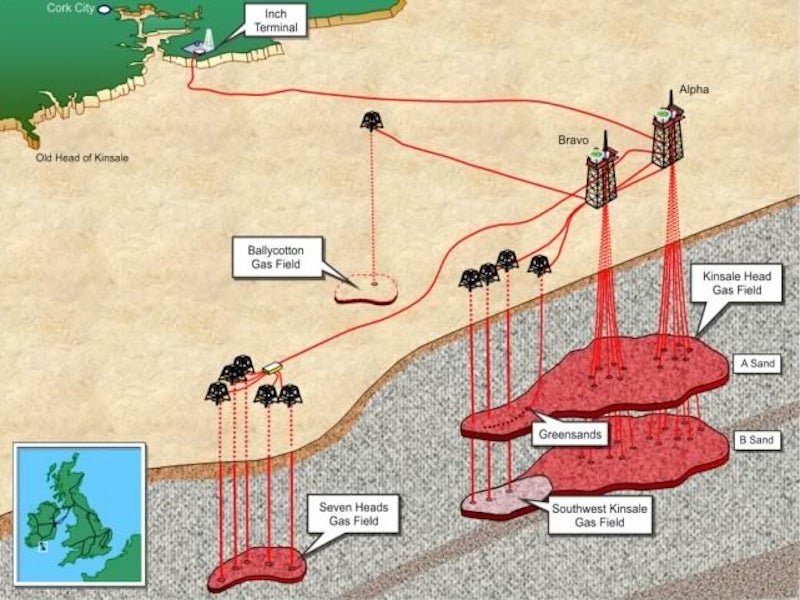The Kinsale Area gas fields are located in the Celtic Sea, approximately 40km to 70km off the south coast of County Cork in Ireland. The fields include Kinsale Head, Ballycotton, South-West Kinsale and Seven Heads gas fields, which were developed between 1978 and 2003.
The gas fields were the first and only indigenous natural gas source in Ireland until the development of Shell’s Corrib gas field in 2015. Operated by PSE Kinsale Energy, a wholly owned subsidiary of PETRONAS, the fields are planned to be decommissioned due to declining gas reserves.
The Kinsale Head, Ballycotton, and South-West Kinsale gas fields come under OPL-01 lease area and will be decommissioned under the Kinsale Head decommissioning plan.
The applications for the decommissioning of facilities of the Kinsale Head, Ballycotton gas fields and Seven Heads gas fields were received by the Department of Communications, Climate Action and Environment (DCCAE) in June 2018 and August 2019, with final approval received in February 2020.
The productive life of the gas wells is anticipated to end in June / July 2020, which will be followed by the initiation of decommissioning activities on a phased basis.
The decommissioning of the offshore facilities will take approximately two to three years to complete, while work at the onshore Inch Terminal will be completed over a period of about six months.
Details of Kinsale Area gas fields
The offshore infrastructure of the Kinsale Area gas fields lies in approximately 90m deep water and comprises of two large steel-jacketed platforms, Kinsale Alpha and Kinsale Bravo, which were commissioned in 1978.
The manned platforms feature seven platform wells each apart from production, drilling and accommodation facilities. In 2001, Kinsale Bravo was converted into a normally unmanned installation (NUI) with accommodation facilities for nine people, in case of emergency.
Ballycotton has one subsea well, and Southwest Kinsale has three subsea wells, while Seven Heads has five subsea wells and one subsea manifold. The subsea wells are connected to the platforms via subsea pipelines and umbilicals.
A 24in export pipeline transports the gas from the platforms to the terminal located in Inch, East Cork. The gas is then transferred to the Gas Networks Ireland’s (GNI) onshore network for distribution within Ireland.
Decommissioning details of Kinsale Head gas field
Initial decommissioning work will include degassing and isolation of the platform topsides and the plugging and abandonment of 14 platform wells, using a hydraulic workover unit. The topsides of Kinsale Alpha and Kinsale Bravo platforms weigh approximately 4,700t and 3700t in air respectively. The jackets will be completely removed and transported to an onshore facility for dismantling.
The plugging and abandonment of ten subsea wells will then be completed, using a semi-submersible drill rig, in a separate operation. The associated infield pipelines and umbilicals will be left in-situ, with rock protection installed, as required.
The main 24in export pipeline, connecting offshore and onshore sections, will be filled with inhibited sea-water for limiting corrosion and may be retained for potential use in future.
Other structures to be decommissioned include the wellhead structures and other subsea infrastructure such as subsea manifold, pipe line-end manifolds (PLEMs), valve skid, intermediate tee skid, pipeline/umbilical terminations and related protection materials on the seabed.
Decommissioning details of Seven Heads gas field
The decommissioning programme of Seven Heads gas field includes the plugging and abandonment of five subsea development wells including 48/24 – 5A, 48/24 – 6, 48/24 – 7A, 48/24 – 8, and 48/24 – 9.
Other associated structures, including the subsea manifold, pipeline/umbilical terminations and associated protection materials of the infield subsea structures will also be removed.
Other details of the decommissioning programme
All the wells will be abandoned by recovering the well tubing and installing cement plugs. A Diving Support Vessel (DSV), or Construction Support Vessel (CSV), will be used to remove the subsea structures.
All the equipment will be transported to approved dismantling yards for segregation and sorting. Most of the recovered material will be recycled and the non-recyclable material will be disposed of in licensed waste facilities. The programme will be supported by a range of local and international contractors.






